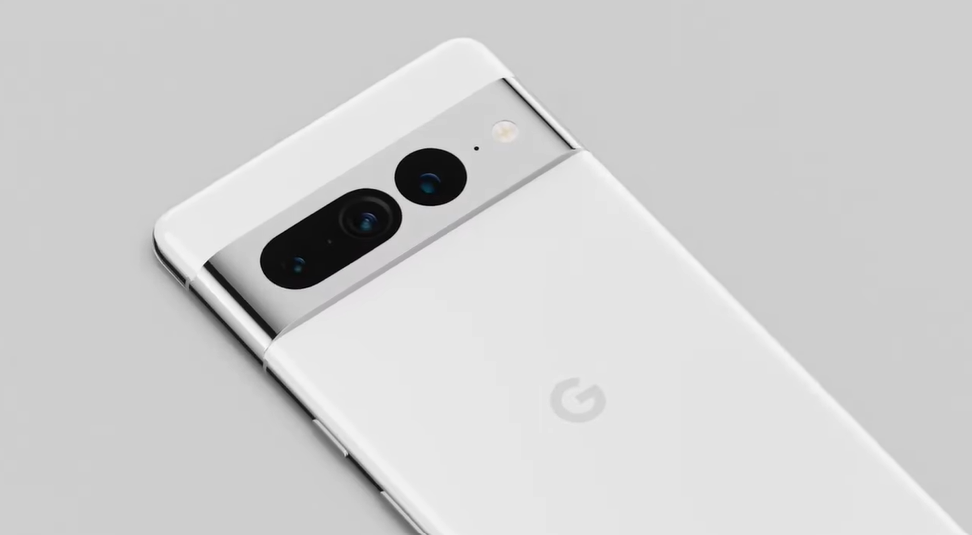This is where I am, it's not a worry, it's more confusion as to why such a large chip would be used and then clocked into the ground on Samsung 8nm vs just using a smaller chip and clocking higher (which would be more cost effective.)
Absolutely, but those trade offs have to make sense. Its not panic, its more just a case of trying to understand the most logical outcome from what we know. At the moment I believe that given they have gone for such a large GPU and 8 CPU Cores that in order to facilitate this on Samsung 8nm this design would be far from the optimal choice for a mobile product.
In defense of
@LiC there often is an over the top response to node information from some of the less regular posters.
The "because Nintendo" move is baked in already - Drake is riding Orin's coattails, and Nintendo is effectively paying only a fraction of the full chip engineering cost because of it. All the tradeoffs that Drake will make should be viewed in that light. Staying on Samsung wouldn't about using the cheaper node, it's about being able to reuse Orin's design, rather than start from scratch. It's not "make an optimal 8nm device for Switch" it's "take existing 8nm device, and make it the best Switch possible."
As to "why is Drake so big" I assume it's because it can be. Nintendo had a performance minimum, a power draw maximum, and I assume the basic process was "Start with Orin, and remove cores and SMs till we get below 10W. If we can't do that while staying over our perf minimum, change strategy. If we can, start tuning - swap AE cores for C cores, keep or replace Orin's tensor cores, where exactly should we set the clocks?"
Every indication is that Drake is closely related to Orin, so I don't think the "strategy change" path ever got taken. If Hovi* decided to move off of Samsung 8nm, it has to be cost effective. I would expect the path out would be that A78C already supports TSMC 7nm, and the first Ampere GPUs were on that node, leaving at least some of the engineering work already done.
The biggest consideration this thread has given, collectively, to the node change has just been that when we saw hard numbers for SMs come out of the Lapsus$ hack, it just seemed too big for Samsung 8nm. There was the collective question of how do we fit this square peg into this round hole.Some later analysis has maybe said "actually, it might be just barely doable" but just barely doable is good enough without spending all the money to start a fresh design on TSMC. In other words
the peg might just be round after all.
Why is Drake big? Because Orin is big. Why Samsung? Because Orin is on Samsung. And my guess is that for all the questions about "what about after Drake" the answer is "Thor is coming in 2025"
* Hovi:
Horizon N
vidia, used internally by Nvidia to refer to Nintendo, or the Nvida/Nintendo group that is working on Drake.



